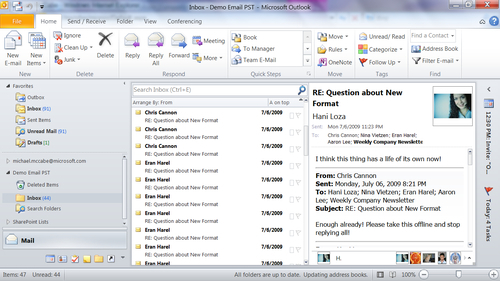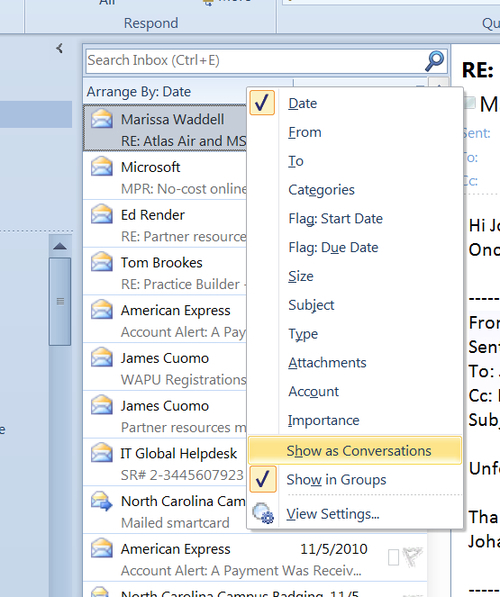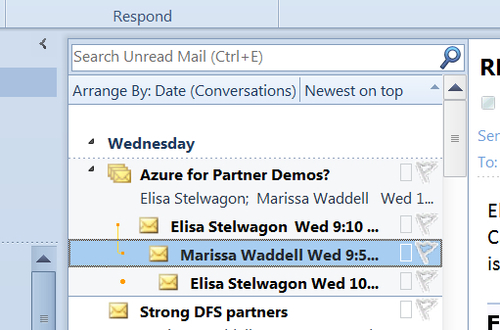The Microsoft Office 2010 Suite includes Outlook, Word, Excel, and PowerPoint among other applications. While the products can be used standalone, they can also function as client applications for SharePoint.
In this chapter, we will look at how the Microsoft Office 2010 client applications integrate tightly with SharePoint 2010. You will see how you can work in Word, for example, and access information from SharePoint without leaving your document. You can easily save files from the client application directly to SharePoint. You can broadcast a PowerPoint presentation over the web for impromptu meetings. These are just some of the new capabilities offered by the integration between Office and SharePoint with the 2010 releases.
The functionality that provides this improved integration includes:
- Ribbon Interface
- Office Web Apps
- Co-Authoring
- Social Computing
- Backstage
- Slide Show Broadcasting
- Visio Web Services
So, in addition to a browser, you can also use these applications to directly access documents stored in SharePoint. The Office 2010 clients give you access not only to the documents themselves, but also to information stored with the documents, called metadata. From Word, you can create, view, and edit files stored in SharePoint, and access and change the metadata stored with the document in SharePoint.
The software requirements to perform these functions are listed as follows:
- SharePoint 2010 Server with Office Web Apps installed
- Office 2010
- Browser (Internet Explorer 7 and above, Firefox 3.5 and above, or Safari 4.x)
- Optional: Office Communication Server
The Ribbon interface, also referred to as the Fluent UI, was introduced in Microsoft applications with Office 2007. Microsoft found that much of the functionality in previous versions of Office was difficult for users to find. The Ribbon was introduced to surface the functionality to where users could easily access it and quickly apply it.
Office 2010 continues the use of the Ribbon interface and indeed expands it. Where Office 2007 introduced the Ribbon only in products such as Word, Excel, and PowerPoint, Office 2010 has the Ribbon in all products included in the suite. In Office 2010, the Ribbon is new to InfoPath, SharePoint Workspace (formerly Groove), Visio, and Project for example. Outlook 2007 had the Ribbon for creating and editing messages and invitations; Outlook 2010 adds the interface throughout the product, even in the e-mail navigation and calendar views. Not only is the Ribbon pervasive throughout Office 2010, but SharePoint 2010 also uses the Ribbon in the browser interface.
Note
The Ribbon interface enhances the user's experience by providing a familiar and consistent way of working across products. The consistent experience reduces the time it takes to learn a product and to complete tasks.
The Ribbon provides a graphical display of the functionality available to users in a given product. So, instead of choosing text commands from pull-down menus, a user can see a graphical representation of what a command will do, click it once, and immediately apply the functionality.

The Ribbon represents the culmination of a Graphical User Interface (GUI), where what you see truly is what you get. This interface eliminates the need for searching for commands through several layers of menus or in complicated dialogue and property boxes—often with multiple tabs.
Commands are grouped logically in the Ribbon. Contextual Ribbons will appear at times to provide functionality specific to a selected object. So, for example, a Table Tools menu appears when a table is selected in a Word document.

The Ribbon interface was introduced in Outlook 2007. Unlike in Word or Excel 2007, in Outlook 2007 the Ribbon only appeared when you were creating or editing a message or a meeting invitation.

Outlook 2010 extends the use of the Ribbon throughout the product, even when you are navigating your mail, calendar, or tasks. The Ribbon dynamically changes depending on the item selected, and the user immediately has access to the commands appropriate to the context.
The following screenshot shows the Ribbon interface in the e-mail navigation view:

Tip
Using the conversation view:
Outlook 2010 offers a new conversation view to make it easier to follow the thread of an e-mail exchange.
To change to the conversation view, follow these steps:
- Right-click on the Arrange By header above your list of e-mails.
- Click on Show as Conversations.

- Your e-mails then appear listed in easy-to-follow conversational threads:

While we have seen here how the ribbon provides a consistent user interface (UI) across the Office applications, in the next sections, we will also see how that same UI is part of the SharePoint 2010 experience.
